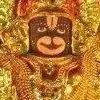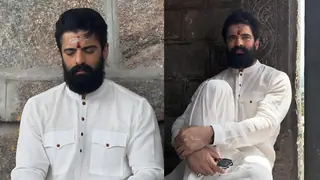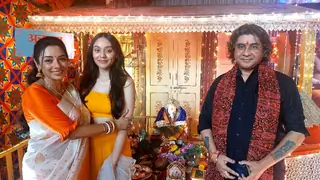WHAT IS A GHAZAL? 
- History. The Ghazal was developed in Persia in the 10th century AD from the Arabic verse form qasida. It was brought to India with the Mogul invasion in the 12th century. The Ghazal tradition is currently practiced in Iran (Farsi), Pakistan (Urdu) and India (Urdu and Hindi). In India and Pakistan, Ghazals are set to music and have achieved commercial popularity as recordings and in movies. Form. A traditional Ghazal consists of five to fifteen couplets, typically seven. A refrain (a repeated word or phrase) appears at the end of both lines of the first couplet and at the end of the second line in each succeeding couplet. In addition, one or more words before the refrain are rhymes or partial rhymes. The lines should be of approximately the same length and meter. The poet may use the final couplet as a signature couplet, using his or her name in first, second or third person, and giving a more direct declaration of thought or feeling to the reader. Style.
- Each couplet should be a poem in itself, like a pearl in a necklace. There should not be continuous development of a subject from one couplet to the next through the poem. The refrain provides a link among the couplets, but they should be detachable, quotable, grammatical units. There should be an epigrammatic terseness, yet each couplet should be lyric and evocative.
Although ghazals can be on any subject, the tone of ghazals is traditionally one of longing and its topic is most often love. In addition, ghazals can be in any language– including English.
------------------------------------------------------------ ---------------------------------------------------------
Beautiful Ghazal .by SRIRADHA BANERJI....Rekha looks beautiful
[YOUTUBE]http://www.youtube.com/watch?v=0PRvbuVpEAA[/YOUTUBE]
labon se choom lo, aankhon se thaam lo mujhko
tumhiin se janmoon to shayad mujhe panaah mile
Lab: Lip
Choom: Kiss
Thaam: To prop, bear, support; to sustain, maintain; to assist; to protect, shelter, shield; to lay hold of, to hold, clutch, seize; to stop, prevent, withhold, restrain, check; to pull up (a horse); to resist:
Janam: Birth
Panaah: Asylum, Protection, Refuge, Shelter
do saundhey-saundhey se jism jis waqt
ek mutthi mein so rahe the
bata do us waqt main kahaan tha
bata do us waqt too kahaan thi
Saundhey: To press together; to rub together; to rub, smear, daub; to rub cloth with fuller's earth or with mud (preparatory to washing); to mash, to mix, mingle; to knead; to wash out, rinse
Jism: Body
Mutthi: Fist
main aarzoo ki tapish mein pighal rahi thi kahin
tumhare jism se hokar nikal rahi thi kahin
bade haseen the jo raah mein gunaah mile
tumhiin se janmoon to shayad ………
Aarzoo: Aspiration, Desire, Hankering, Hunger, Longing, Solicitude, Wish, Yearning, Yen
Tapish: Heat, Warmth
Pighalna: Assuage, Liquefy, Melt, Mollify
Gunaah: Crime, Fault, Guilt, Offence, Sin, Transgression
tumhari lau ko pakadke jalney ki aarzoo mein
jab apne hi aap se lipat ke sulag raha tha
bata do us waqt main kahaan tha
bata do us waqt too kahaan thi
Lau: Ardent Desire, Attachment, Candle Flame, Expectation
Lipatna: Embrace, Entangle, Wrap
Sulagna: To be kindled, be ignited, be set light to; to light; to burn without smoke or flame, to burn clearly or brightly; to be inflamed, be excited, be roused, be irritated
tumhari aankhon ke saahil se door door kahin
main dhoondati thi miley khushboo.on ka noor kahin
vahiin ruki hoon jahaan se tumhari raah mile
tumhiin se janmoon to shayad ………
Saahil: Beach, River-Side, Shore, Bank
Khushboo: Aroma, Fragrance
Noor: right, Light, Luminescence, Luster, Refulgence





























